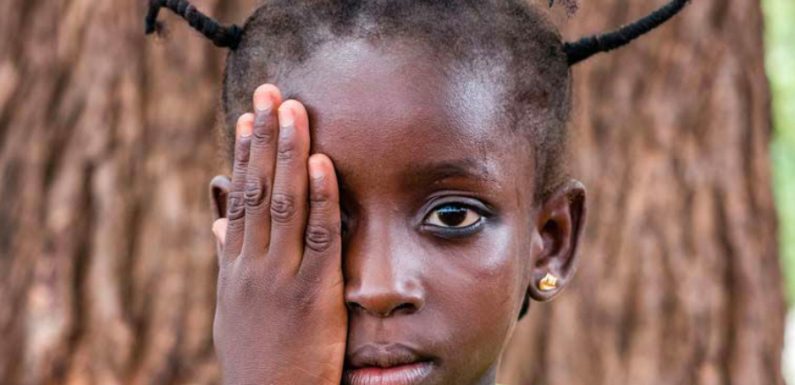
One of the significant health issues that have been plaguing the world is visual impairment. It has been studied that most visual impairments can be cured when they are detected at early onset. It has also been noted that most of the blindness in the world is in developing countries and their underserved regions. Out of all the nations, one continent that suffers most from curable blindness, i.e., cataracts, is Africa and its countries.
In this article, we will look into some facts and figures about treatable blindness in African countries and how it is being combated on the grass-root level by Tej Kohli and Dr. Sanduk Ruit with their Tej Kohli and Ruit Foundation (TKRF).
Figures & Facts On Blindness In Africa
According to the World Health Organization (WHO), it was estimated in 2019 that about 1.3 billion people suffer from visual impairment. It is difficult for any group to be immune to eye diseases. Still, vision loss can be aggravated when people live under certain conditions with low income and lack health care facilities. This can be witnessed in African countries. Some of the figures are indicative of this hypothesis.
- 15.3 per cent of the world’s blind population lives in Africa.
- In the vision loss index of the top ten countries as of 2020, eight countries were from the continent of Africa as per the IAPB Vision Atlas.
- According to the WHO, the African Region report that 26.3 million people (approx.) in the African region have some visual impairment. Of these, 5.9 million are completely blind, while 20.4 million suffer from low vision.
- Africa and Asia together contribute to 74 per cent of childhood blindness in the world.
- It has been studied that people of African regions are affected by eye diseases a decade before people of other countries of the world.
- People of Africa are often faced with globally common eye diseases and issues along with regional eye ailments like onchocerciases, which are caused due to the parasites found in the sub-Saharan rivers.
- 99 per cent of the world population suffering from onchocerciases lives in Africa.
- 1.1 million people in Africa live with irreversible eye conditions of vision caused due to onchocerciasis. Though there is no preventive vaccine for the disease caused by the parasite, treatment with an anti-parasite medicine once every year for 10 to 15 years can reduce the effect of river blindness.
The figures aptly showcase that African countries apart from India and Nepal urgently need intervention in curing unwanted blindness.
Major Eye Conditions Affecting African Countries
It has been studied that with today’s technology and medical advancement, 80 per cent of blindness can be prevented and cured. There are cost-effective interventions available for major causes so that blindness can be avoided. However, millions of people in Africa still live without life due to different major eye conditions. Some of them are:
- Cataracts
- Glaucoma
- Uncorrected refractive errors
- Age-related macular degeneration
- Diabetic retinopathy
- Corneal opacities
- Onchocerciasis
- Trachoma
All these can be treated, and the visual loss they suffer can be restricted, but with a lack of proper eye-care services and affordable healthcare benefits, the condition just worsens. However, there is good news for the people of Africa because TKRF is launching its programme of curing unwanted blindness on the continent.
TKRF Working Towards Curing The Unwanted Blindness
World Health Organization, with local healthcare supporters in recent years, have been using vitamin A supplement to reduce the risk of blindness effectively. Also, the Onchocerciasis Control Programme has decreased the risk of river blindness in 11 West African countries. However, age-related and malnutrition-caused eye impairment are rising in African countries.
But things are about to change in African countries, starting with Ghana and Ethiopia. TKRF have taken up the challenge to cure unwanted blindness in these two countries and expand its way across the continent. Philanthropist Tej Kohli and Dr Sanduk Ruit are on the journey to cure the unwanted cataract-caused blindness of 500,000 people worldwide by 2030 and screen 1,000,000 people.
Both Mr Tej Kohli and Dr Sanduk Ruit, who lovingly referred to as the ‘God of Sight’ by his patients, believe that by curing cataract-caused blindness, the world’s poverty can be alleviated. These two sexagenarians have pledged to leave a sustainable future for the world with the works done by Tej Kohli and Ruit Foundation.

